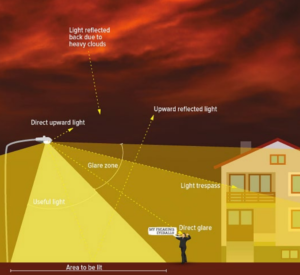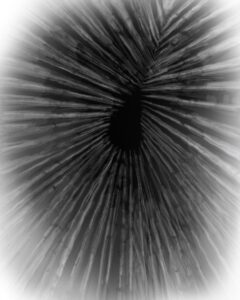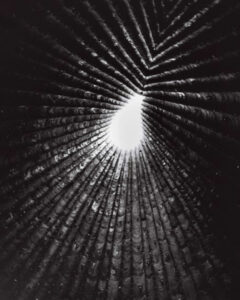Week 1
Take away from the lecture:
- The human eyes are meant to use light not look at light. Light should not be very bright and hurt the eye.
- Light has other effects other than visual. Eg: Circadian rhythm, Melatonin secretion, mood, cognitive performance etc
- Consider the vision of the client. Yellowing of the lens, reduced color vision and light absorption as people age. 60yo needs 3x lighting to see objects as clearly as a 20yo sees.
- Light pollution affects the harmones of humans and animals. Do not use light excess than what is required. Light pollution in cities make the stars less visible.

- Light whatever is necessary. Colour rendering index is an important factor to consider. This can be played around in retail stores to manipulate the colour of the products.
- Use lighting control. Sharing the control of office light. Turn off light wherever unnecessary.
- Test the luminaire before using them. Don’t buy from looking at the catelogue.
- Design with daylight orientation and know the sunpath of the site. Utilize as much of daylight as possible.
- Consider the colour temperature lighting. Smaller the colour temperature, warmer the light.

- Create new light possibilities. Get creative with light.
Tonal value sketch:


Extra research on some of the theories:
Non-visual effects of light
In addition to stimulating the visual system, light incident on the retina stimulates other biological functions, also referred to as non-visual responses.
Light can also elicit an acute alerting effect on people, similar to a ‘cup of coffee.’
How light affects entrainment and alertness and how it can be used to achieve these aims:
Circadian rhythm:
Among the most notable biological functions are human circadian rhythms. Entrainment of circadian rhythms has been implicated in health and well-being. When local light–dark patterns become asynchronous with a person’s activity–rest patterns, circadian disruption may occur. Such disruption can lead to poor sleep and performance as well as increased risk for more serious diseases such as diabetes, obesity and even cancer. Light can also acutely affect the biological clock’s outputs, such as hormone production (e.g. melatonin and cortisol).




Recent comments